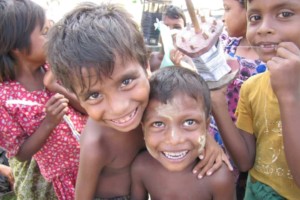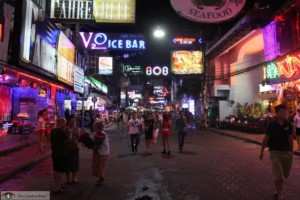Collective action, data are main challenges to fighting child sex tourism

Two weeks ago, the United Nations World Tourism Organization (UNWTO) HQ in Madrid hosted a “transition meeting on implementing the recommendations” of the study.
International experts met to discuss measures to fight against the sexual exploitation of children in travel & tourism (SECTT).
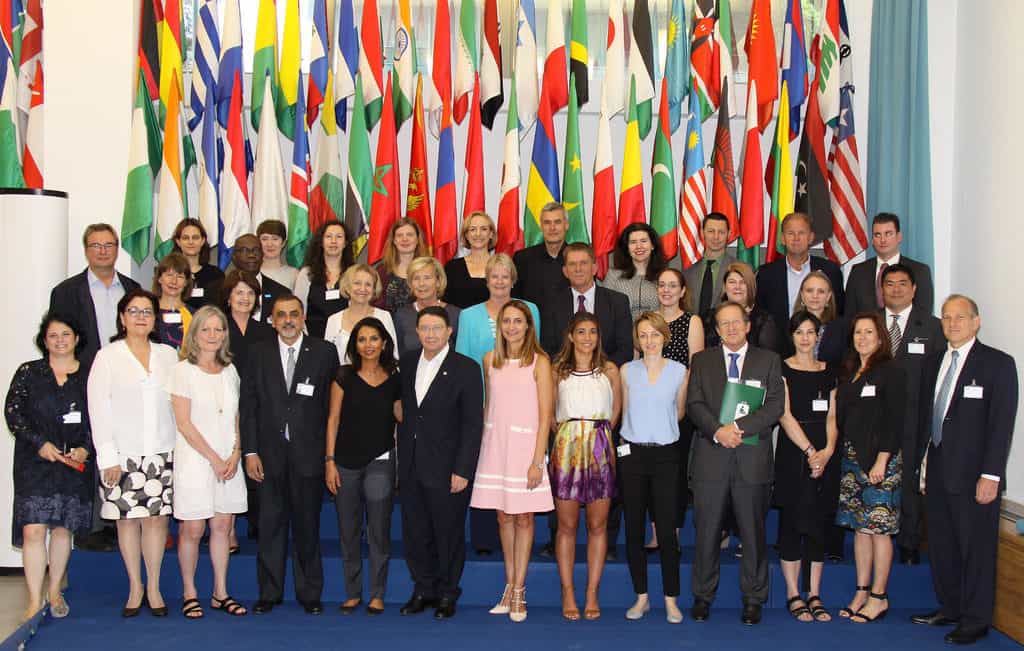
Participants of a “transition meeting on implementing the recommendations” of a child sex tourism study, UNWTO, July 2017.
The initiative, including the study, was coordinated by ECPAT International with the support of the government of The Netherlands.
Despite international efforts to stop SECTT, abetted by technology, the sheer speed and scale of this crime has, to date, out-paced attempts to respond at the international and national level, according to a UNWTO press release.
UNWTO Secretary-General Taleb Rifai said: “We cannot build the responsible and sustainable tourism sector that we seek without protecting the most vulnerable in our societies. To do so we need effective tools and a global commitment.
“Article 2 of UNWTO’s Global Code of Ethics for Tourism underlines that the exploitation of human beings in any form, especially when applied to children, conflicts with the fundamental aims of tourism and is the negation of tourism.”
Rifai added that UNWTO “is progressing with transforming the Code into a legally binding international treaty, the UNWTO Framework Convention on Tourism Ethics, which we hope will be approved by our General Assembly next September.”
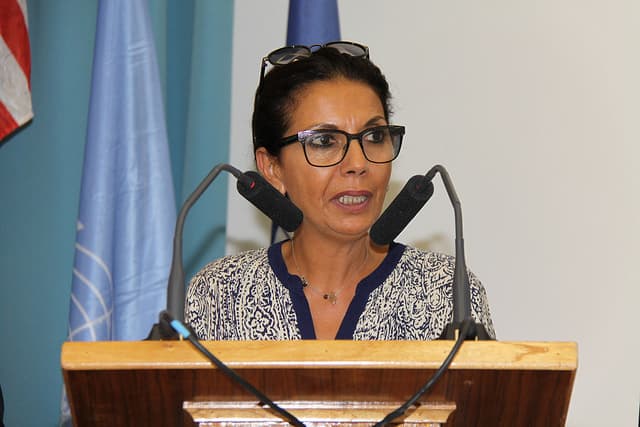
Najat Maalla M’jid, Chair of the World Tourism Network on Child Protection
Najat Maalla M’jid, Chair of the World Tourism Network on Child Protection, which guided the development of the study, declared: “Sexual exploitation in travel and tourism has a child’s face. No country is untouched by this phenomenon and no child is immune.
“In this International Year of Sustainable Tourism for Development, let us place children’s right to protection from violence and exploitation at the heart of our actions.”
The Special Rapporteur on child trafficking and sexual exploitation, Maud de Boer Buquicchio, called for “child protection to be placed at the core of tourism development strategies”.
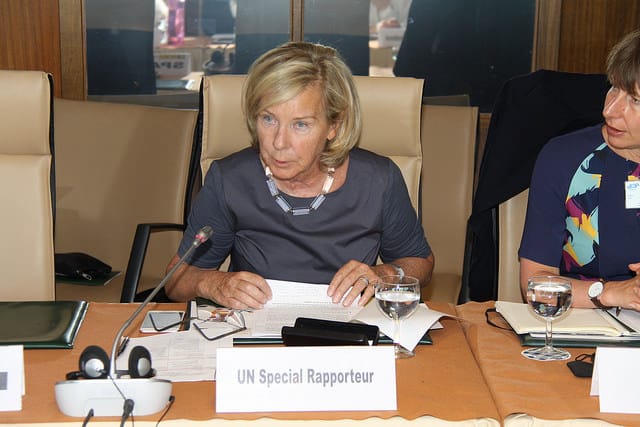
UN Special Rapporteur on child trafficking and sexual exploitation, Maud de Boer Buquicchio
The rise of the internet and informal operators as well as greater access to international travel have expanded ‘demand’ and heightened the dangers for children.
At the same time, grinding poverty and lack of education — combined with the continued neglect of child protection systems — have fuelled the ‘supply’ of children.
According to the UNWTO release, the international experts assembled in Madrid believed they had “at least some of the answers, but they need wider engagement”. (More meetings?)
Global initiatives against child sex tourism
One of the global initiatives was by Interpol, which tried to reduce the possibility for known sex offenders to travel unnoticed.
Peter van Dalen, from Interpol’s Organized & Emerging Crime Directorate, said: “Anonymity protects traveling sex offenders, and INTERPOL is working with countries to deprive known sex offenders’ of their anonymity, through mechanisms such as an international warning system sharing information across borders about convicted sex offenders, as well as an international vetting system for job applicants applying to working with children.”
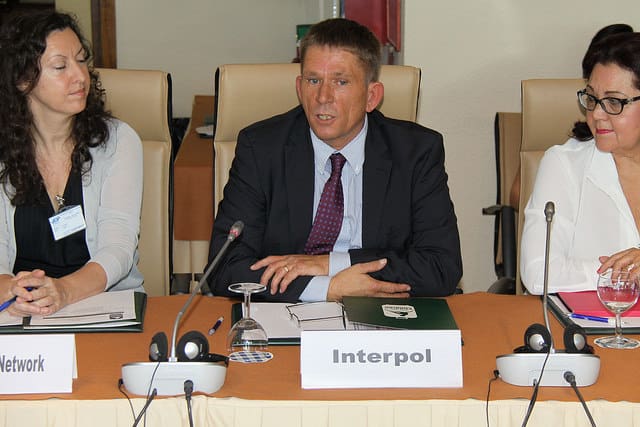
Peter van Dalen of Interpol’s Organized & Emerging Crime Directorate
Engagement with the private sector, motivated by the need to ‘get ahead’ of practices that can seriously affect their reputation and their bottom line, is vital.
Underscoring this, and the fact that no country is immune, were the recently reported examples from the US of flight attendants intervening when they noticed unusual situations involving children travelling with adults.
Furthermore, investments by the travel and tourism industry in training staff and access to reporting systems can pay dividends.
The challenge remains to expand coordinated action against SECTT.
The Special Representative of the UN Secretary-General Marta Santos Pais said: “The 2030 Agenda for Sustainable Development presents a unique opportunity to reverse this pattern and make all forms of violence against children part of our distant past.”
Downloads

Snip from the cover of “Offenders on the Move: Global Study on Sexual Exploitation of Children in Travel & Tourism 2016”
Global (PDF 2 MB)
Regional (hosted offsite)
Sub-Saharan Africa
Middle East and North Africa
South Asia
Southeast Asia
East Asia
Europe and Central Asia
Pacific
North America
Latin America
National
Related posts


